da Silva E.0-7506-5646-X
Table of contents :
Contents……Page 5
Preface……Page 9
1.1 Introduction……Page 11
1.2 Radio communication systems……Page 12
1.3 Modulation and demodulation……Page 13
1.4 Radio wave propagation techniques……Page 19
1.5 Antennas and aerials……Page 24
1.6 Antenna arrays……Page 33
1.7 Antenna distribution systems……Page 35
1.8 Radio receivers……Page 42
1.9 Radio receiver properties……Page 43
1.10 Types of receivers……Page 47
1.11 Summary……Page 51
2.1 Introduction……Page 53
2.2 Transmission line basics……Page 55
2.3 Types of electrical transmission lines……Page 57
2.4 Line characteristic impedances and physical parameters……Page 60
2.5 Characteristic impedance (Zo) from primary electrical parameters……Page 64
2.6 Characteristic impedance (Zo) by measurement……Page 68
2.7 Typical commercial cable impedances……Page 70
2.8 Signal propagation on transmission lines……Page 71
2.9 Waveform distortion and frequency dispersion……Page 73
2.11 Reflection transmission coefficients and VSWR……Page 74
2.12 Propagation constant (y) of transmission lines……Page 82
2.13 Transmission lines as electrical components……Page 87
2.14 Transmission line couplers……Page 92
2.15 Summary……Page 97
3.1 Introduction……Page 98
3.2 Smith charts……Page 99
3.3 The immittance Smith chart……Page 107
3.4 Admittance manipulation on the chart……Page 108
3.5 Smith chart theory and applications……Page 109
3.6 Reflection coefficients and impedance networks……Page 112
3.7 Impedance of distributed circuits……Page 116
3.8 Impedance matching……Page 120
3.10 Scattering parameters (s-parameters)……Page 135
3.11 Applied examples of s-parameters in two-port networks……Page 141
3.12 Summary of scattering parameters……Page 150
4.1 Introduction……Page 152
4.2 CalTech’s PUFF Version 2.1……Page 0
4.3 Installation of PUFF……Page 153
4.4 Running PUFF……Page 154
4.5 Examples……Page 157
4.6 Bandpass filter……Page 162
4.7 PUFF commands……Page 166
4.8 Templates……Page 167
4.9 Modification of transistor templates……Page 174
4.10 Verification of some examples given in Chapters 2 and 3……Page 175
4.11 Using PUFF to evaluate couplers……Page 180
4.12 Verification of Smith chart applications……Page 182
4.13 Verification of stub matching……Page 186
4.14 Scattering parameters……Page 196
4.15 Discontinuities: physical and electrical line lengths……Page 199
4.16 Summary……Page 203
5.1 Introduction……Page 205
5.2 Tuned circuits……Page 206
5.3 Filter design……Page 213
5.4 Butterworth filter……Page 218
5.5 Tchebyscheff filter……Page 235
5.6 Summary on filters……Page 242
5.7 Impedance matching……Page 243
5.8 Three element matching networks……Page 262
5.9 Broadband matching networks……Page 270
5.10 Summary of matching networks……Page 271
6.2 Bi-polar transistors……Page 272
6.3 Review of field effect transistors……Page 287
6.4 A.C. equivalent circuits of transistors……Page 301
6.5 General r.f. design considerations……Page 314
6.6 Transistor operating configurations……Page 326
6.7 Summary……Page 329
7.1 Introduction……Page 330
7.2 Transistors and……Page 331
7.3 Design of amplifiers with conjugately matched impedances……Page 332
7.4 Design of amplifiers for a specific gain……Page 342
7.5 Design of amplifiers for optimum noise figure……Page 355
7.6 Design of broadband amplifiers……Page 359
7.7 Feedback amplifiers……Page 362
7.8 R.F. power transistors……Page 365
7.9 Summary……Page 366
8.1 Introduction……Page 367
8.2 Sine wave type oscillators……Page 368
8.4 Wien bridge oscillator……Page 371
8.5 Phase shift oscillators……Page 374
8.7 Colpitts oscillator……Page 378
8.8 Hartley oscillator……Page 381
8.9 Clapp oscillator……Page 382
8.10 Voltage-controlled oscillator……Page 385
8.12 Crystal control oscillators……Page 386
8.13 Phase lock loops……Page 390
8.14 Frequency synthesizers……Page 403
8.15 Summary……Page 409
9.2 Signal flow graph analysis……Page 410
9.3 Small effective microwave CAD packages……Page 420
9.4 Summary of software……Page 430
References……Page 431
Index……Page 435

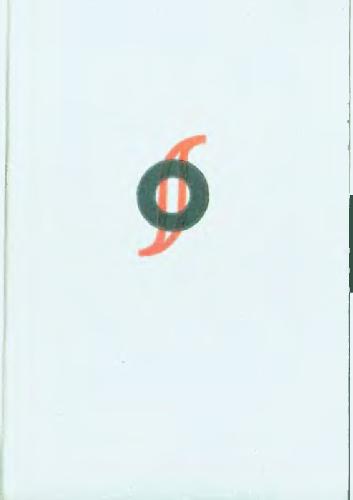

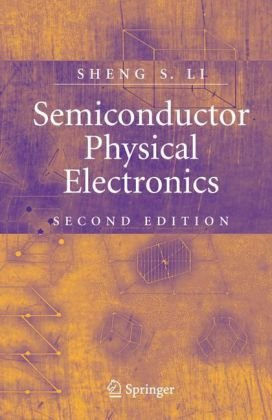
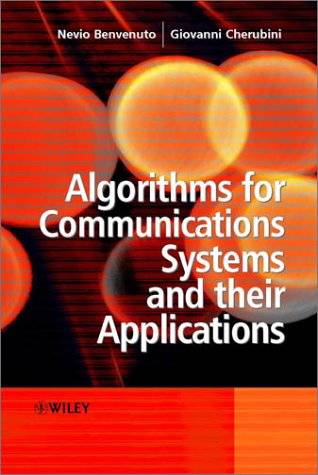
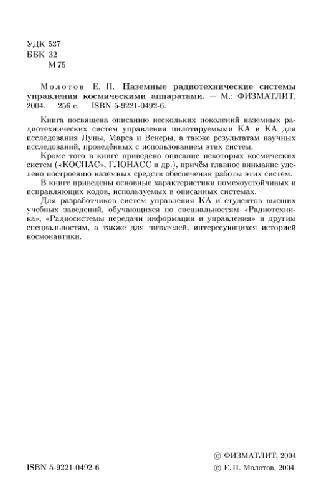
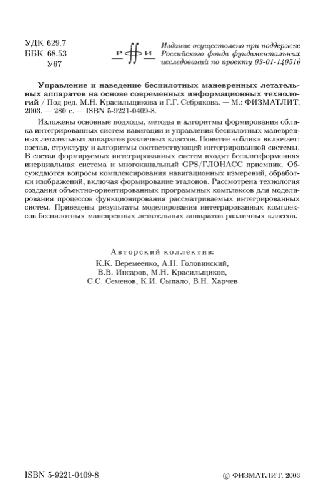
Reviews
There are no reviews yet.